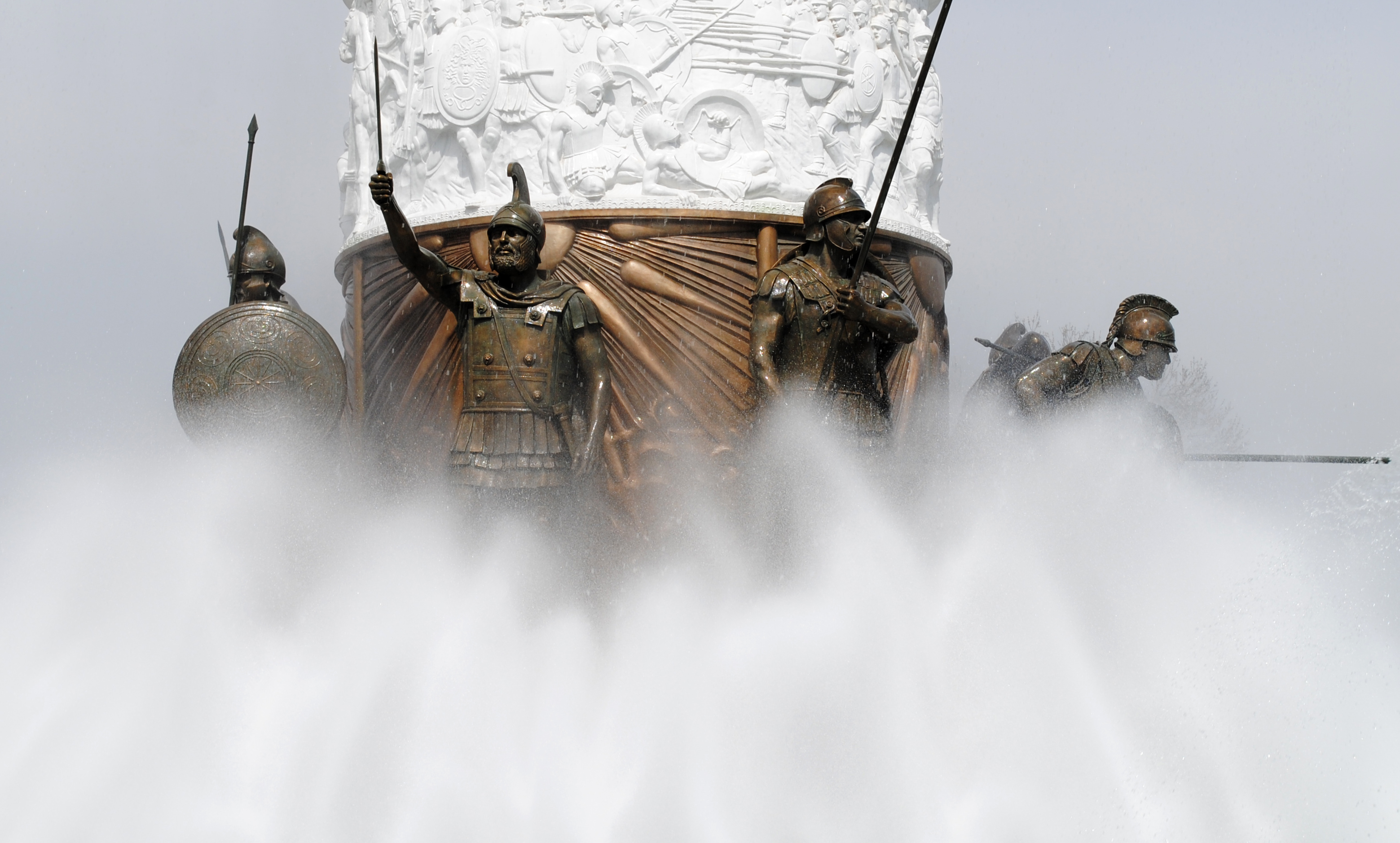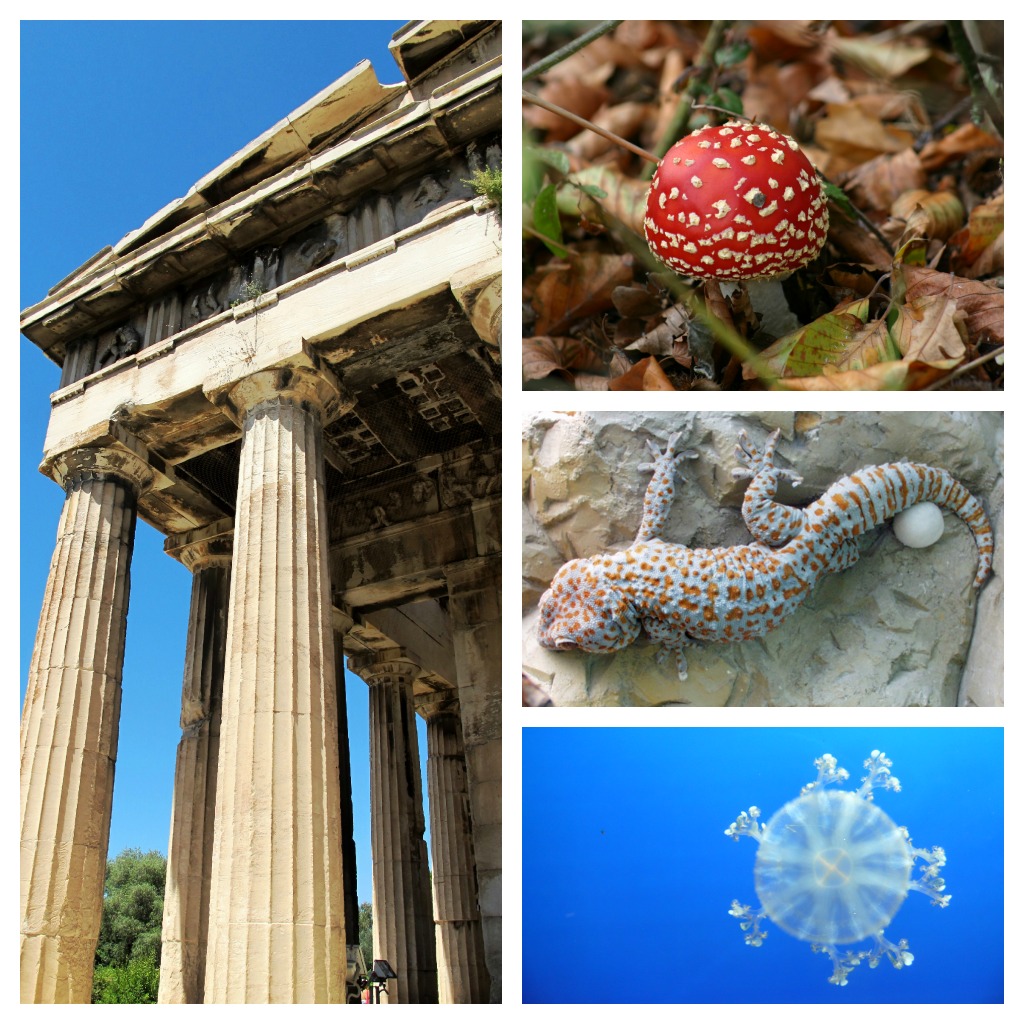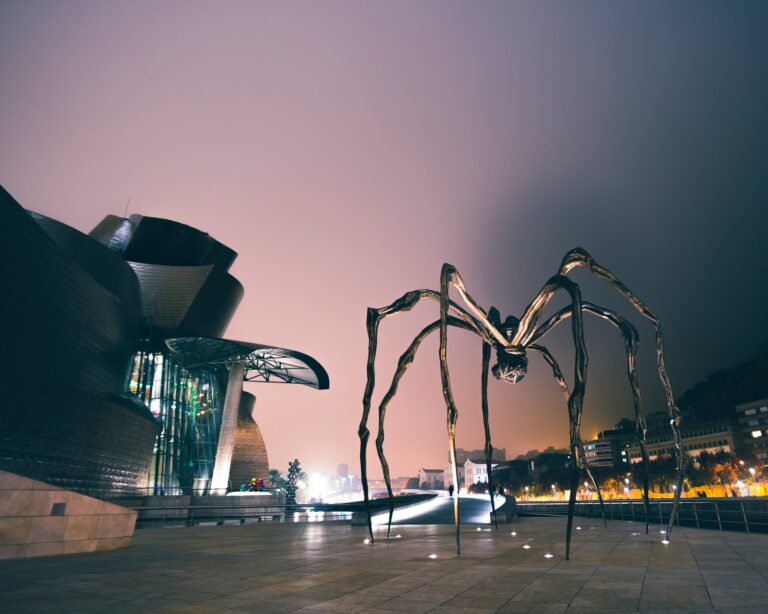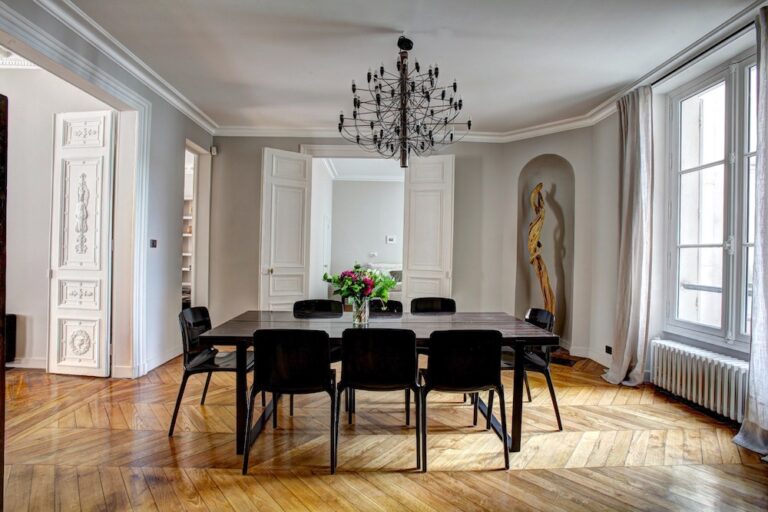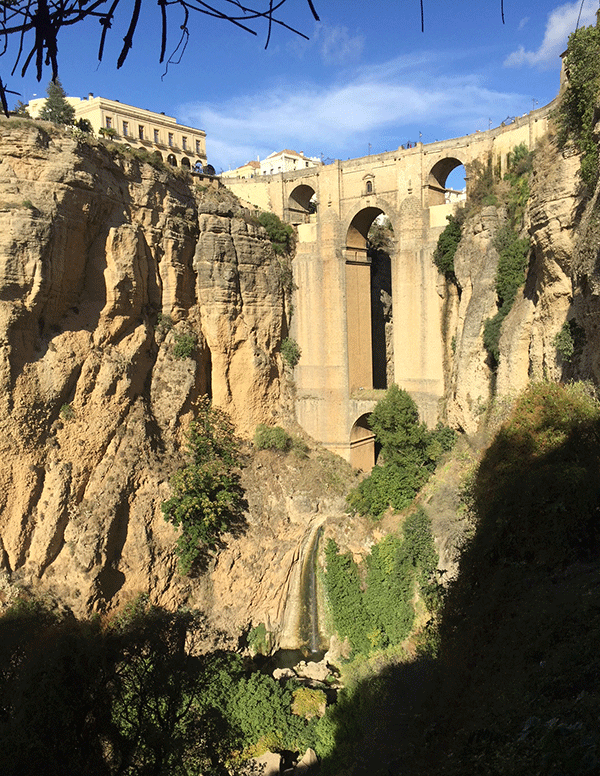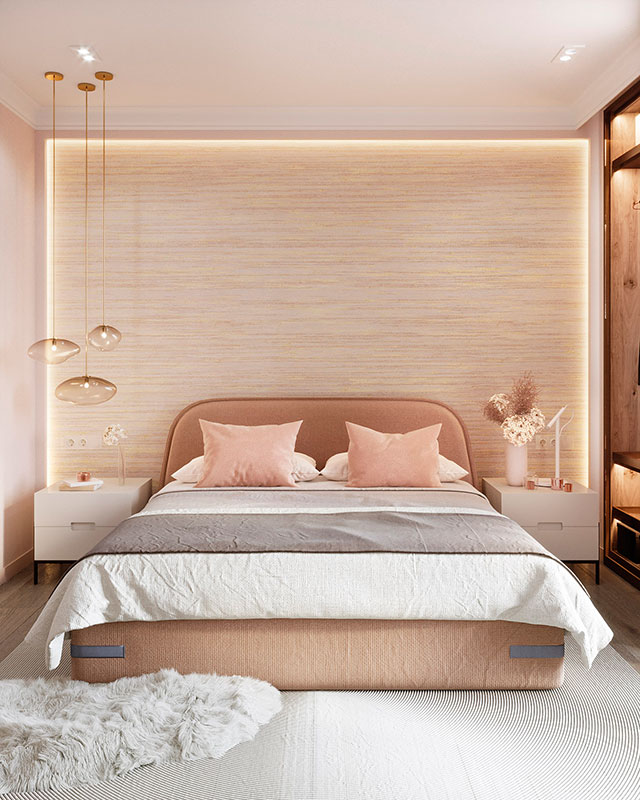Antoni Gaudí – “un genio o un loco?”
Barcelona… I like to taste this word again and again, softly clamping my tongue between the teeth when I pronounce “c” like Spanish people do. This city so impressed me with its unique identity, cosmopolitanism, rhythm of life, delightful food and outstanding architecture… This is the place where one of the greatest architects of all time was living and working – Antoni Gaudí. I think his creations can be included to the list of wonders of the world – they are so unique, so different and so beautiful. I prepared a brief of his “must-see” works located in Barcelona. Don’t try to visit them all in one day. Like all other works of geniuses they are full of hidden meaning, fine details and symbolism which require time to discover and understand them.
1) Casa Batlló. This is my favorite work of Gaudí. I could have spent hours looking just at the facade discovering new features of this fantastic building. Located in Paseig de Gracia it cannot be missed. It was built for the famous industrialist Josep Batlló Casanovas who gave an absolute freedom to Gaudí for his artistic expression. This building was so much different and far ahead of its time that it wasn’t understood by its contemporaries who gave it such nicknames as “house of bones” and “house of yawns”. Gaudí not only created the architectural look of this building but also designed interiors and furniture.
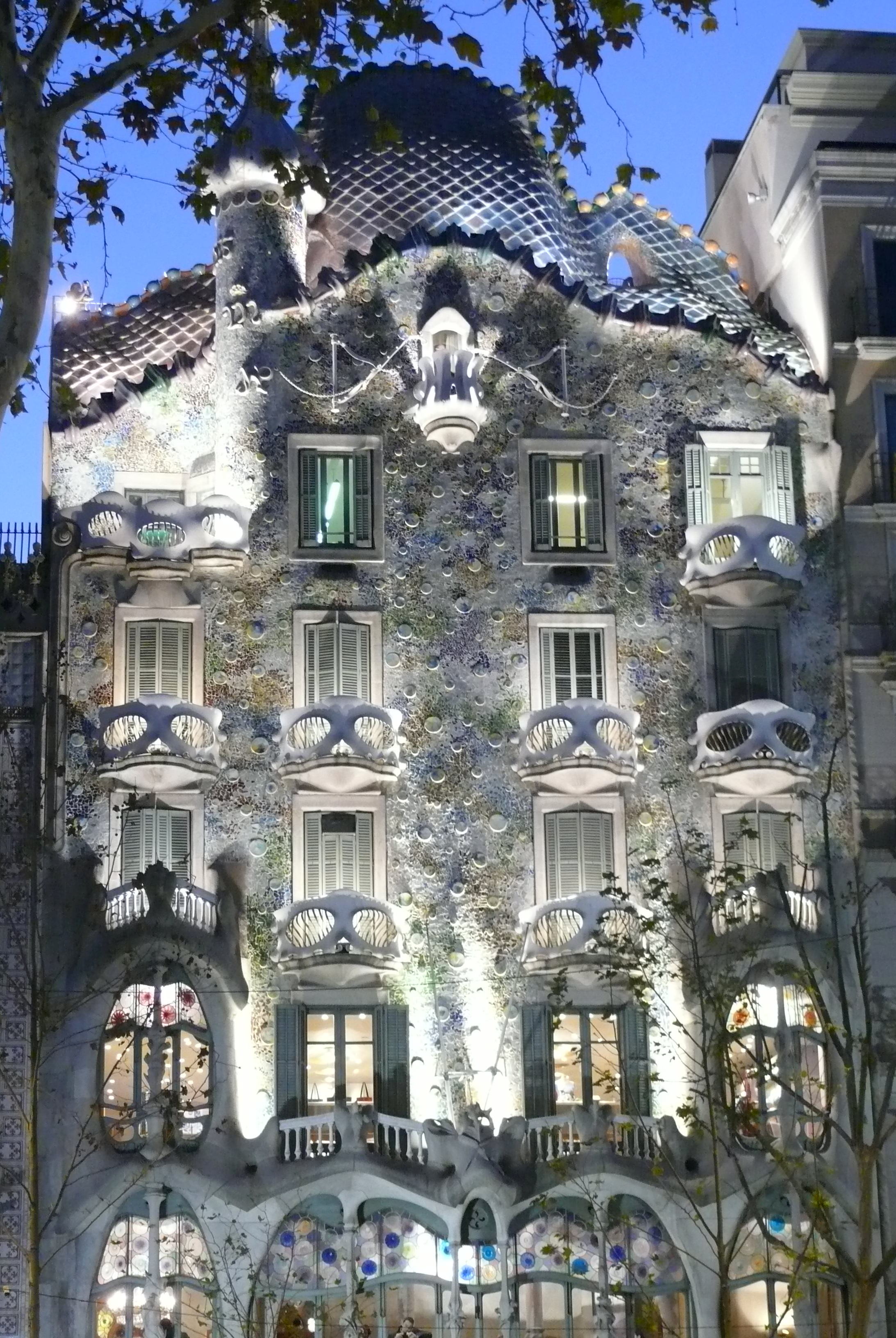
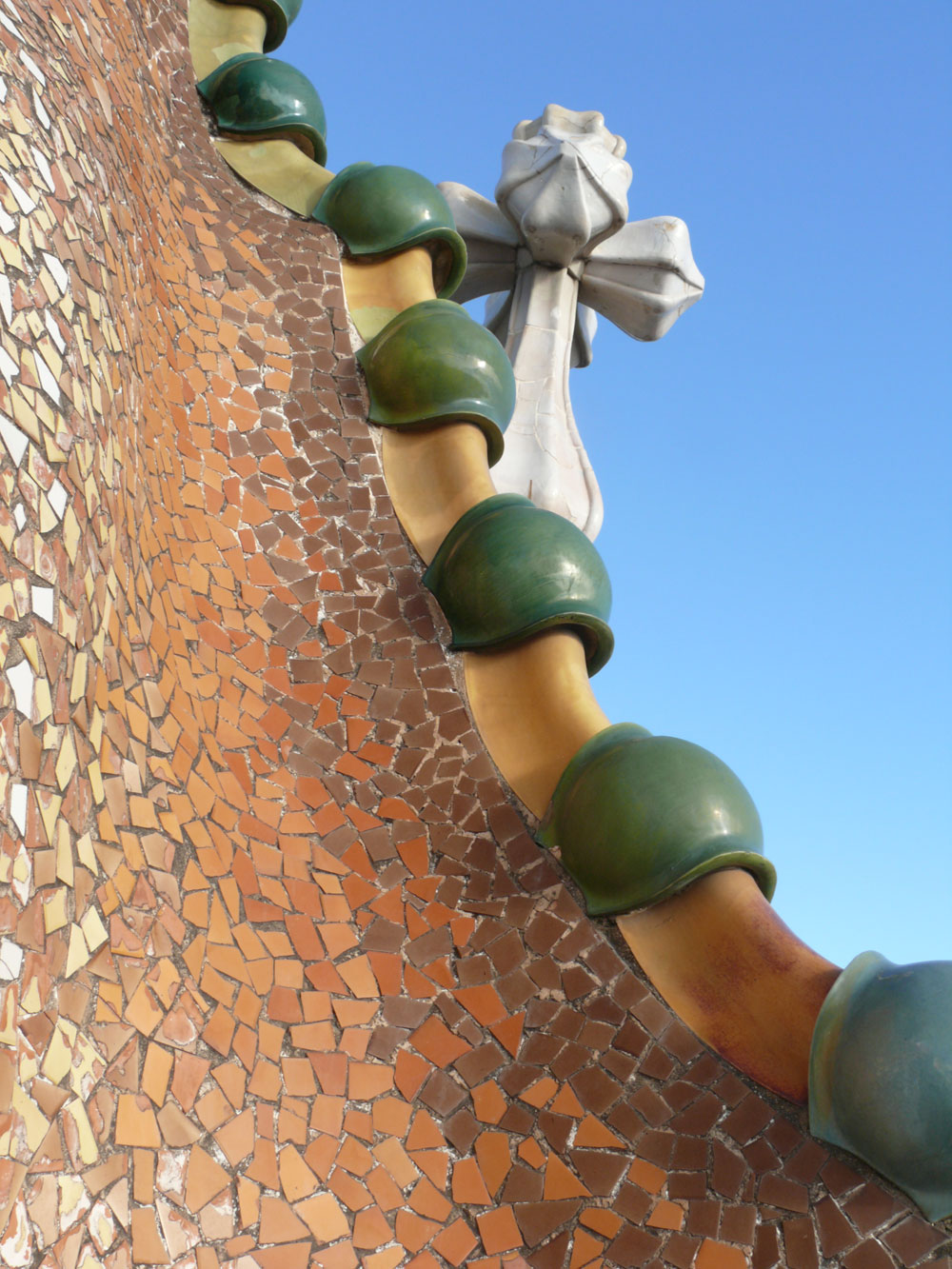


2) Basilica of the Sagrada Familia. Construction of this project began in 1882 and accompanied Gaudí for the rest of his life. It became his magnum opus which he understood he wouldn’t be able to finish until his death. The works continue up to this day following the plans that architect has left behind and it is expected to be completed in 20 years. Sagrada Familia symbolizes the life and death of Jesus Christ: it has 3 facades – Nativity, Passion and Glory (the last one is not finished yet and it will become the biggest and the most majestic).
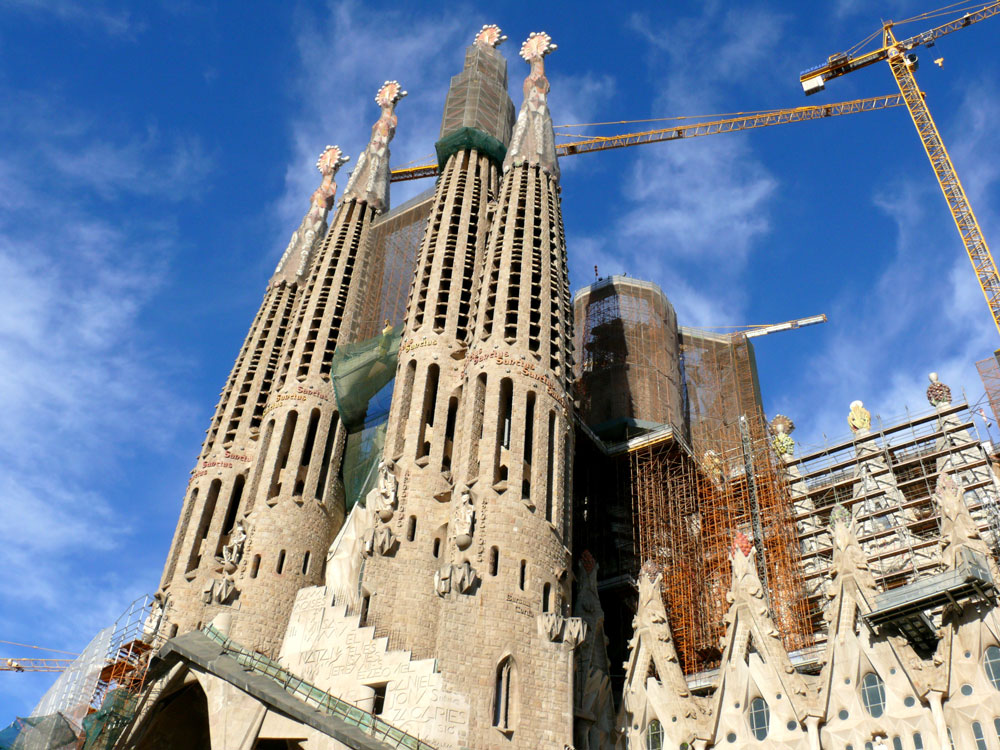
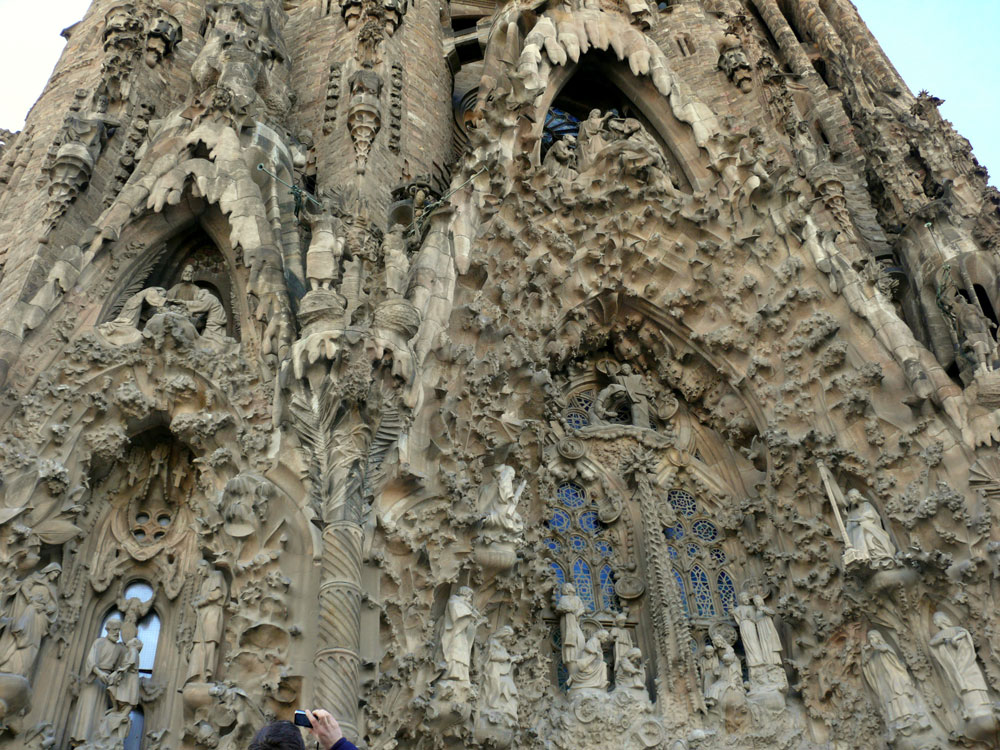
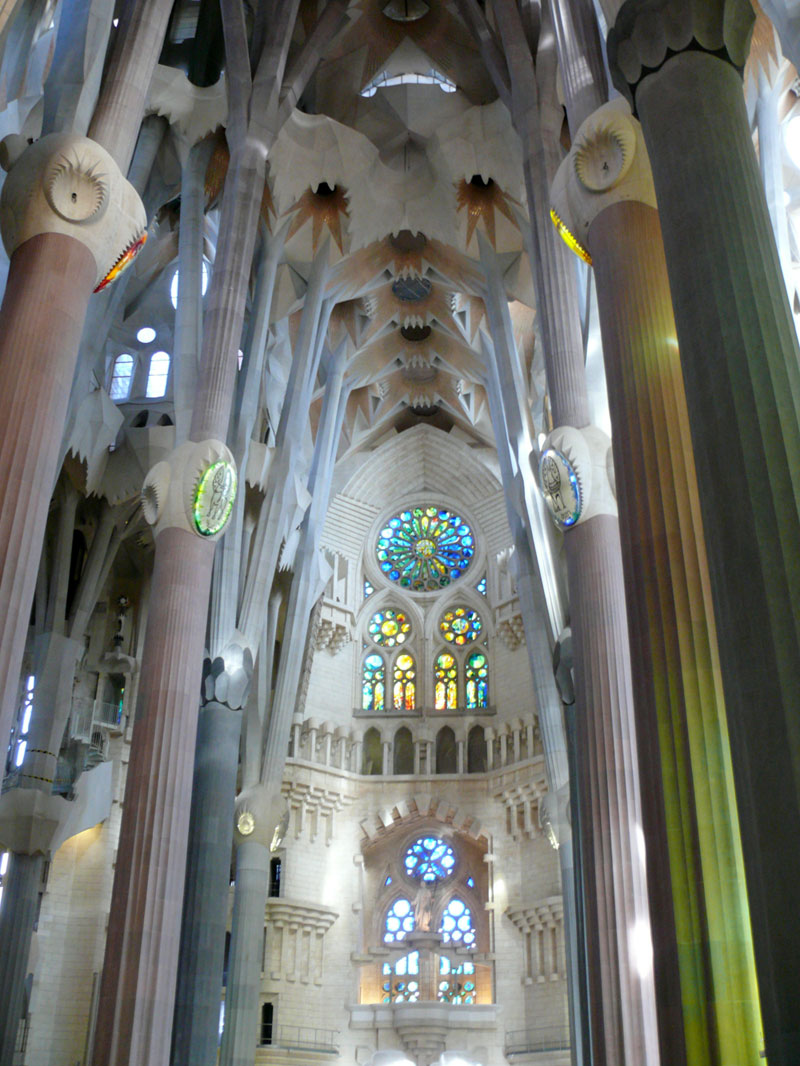

3) Casa Mila, “La Pedrera”. Located in Passeig de Gracia this building was ordered by one rich and important family of Barcelona. By that time Gaudi was the most famous and expensive architect. This building was far ahead of its time and as it is clear from its nickname it was not understood by coevals (“Pedrera” in catalan means “stone quarry”).

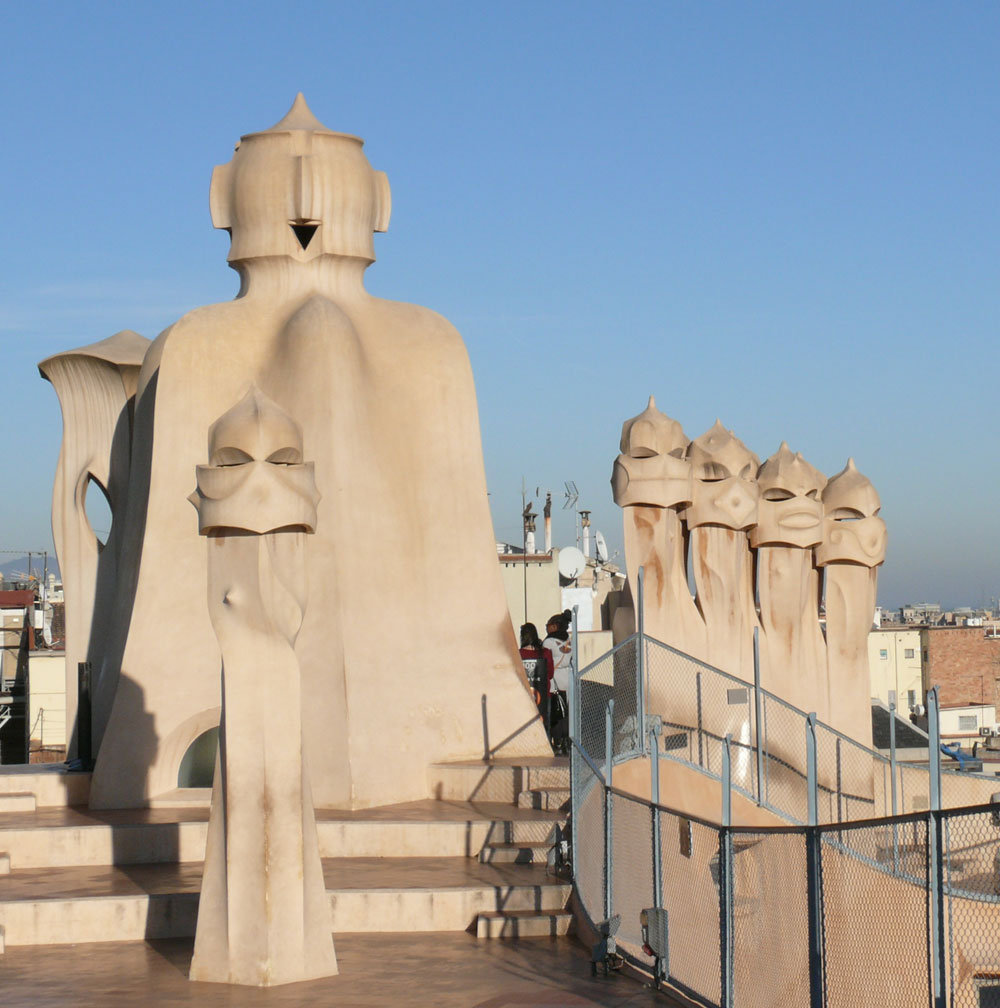
4) Palau Güell is located on the Carrer Nou de la Rambla. It was built as a residence for Güell Family and this relatively small building was called “palace” by its contemporaries because of its complexity and beauty.
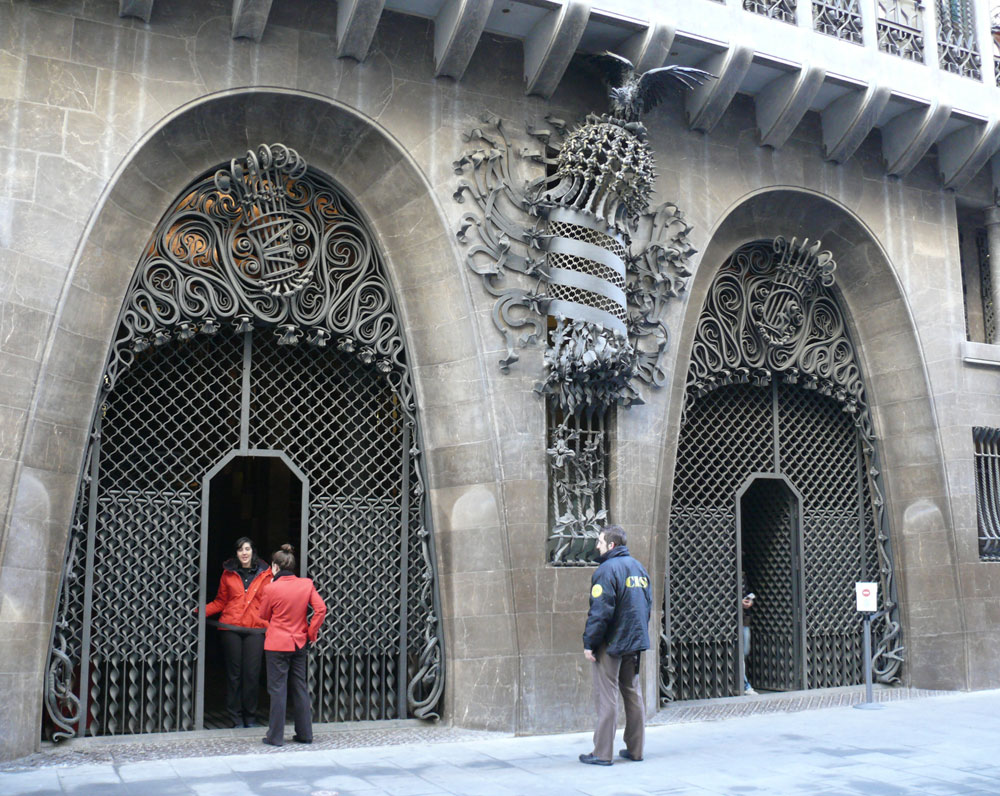
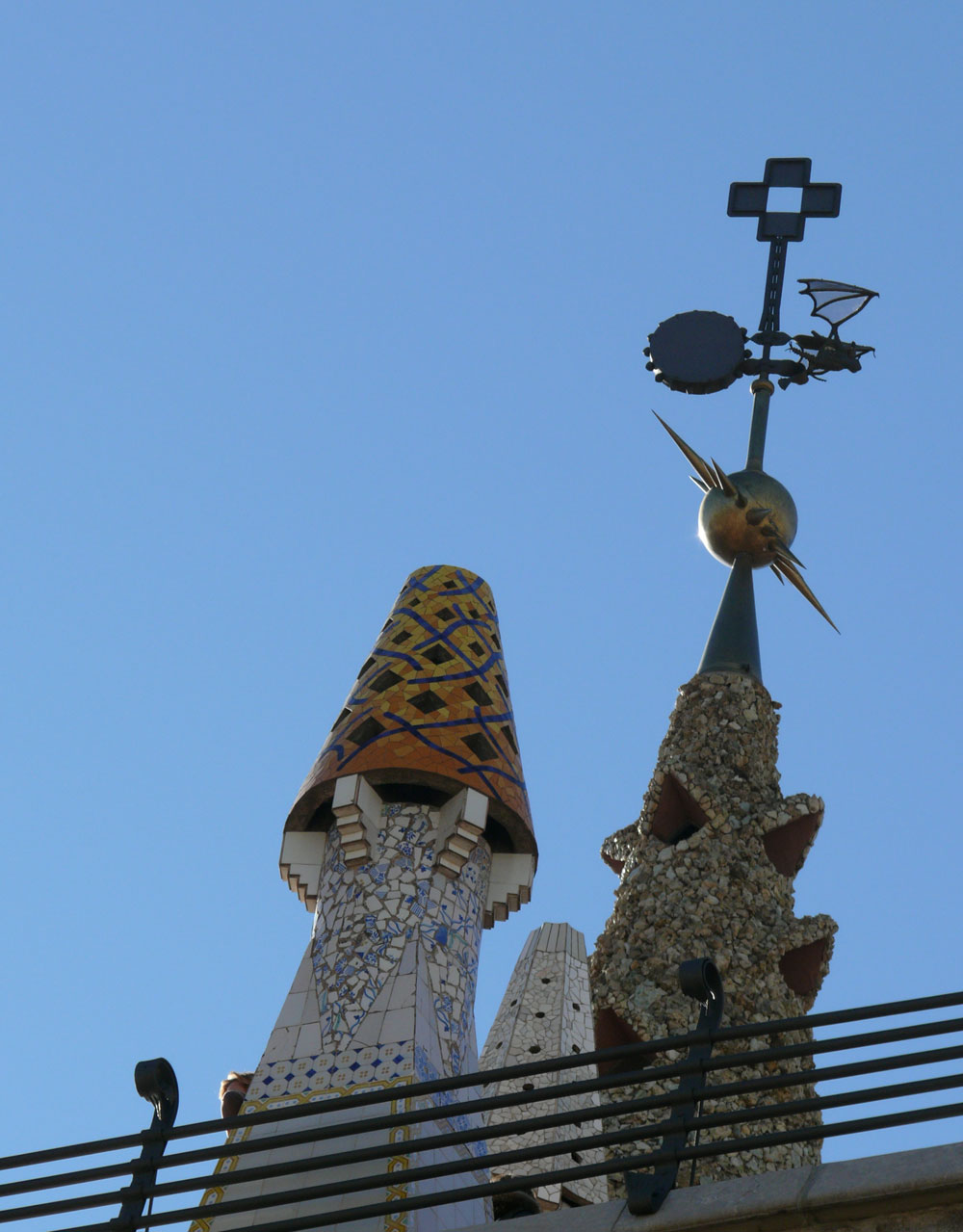
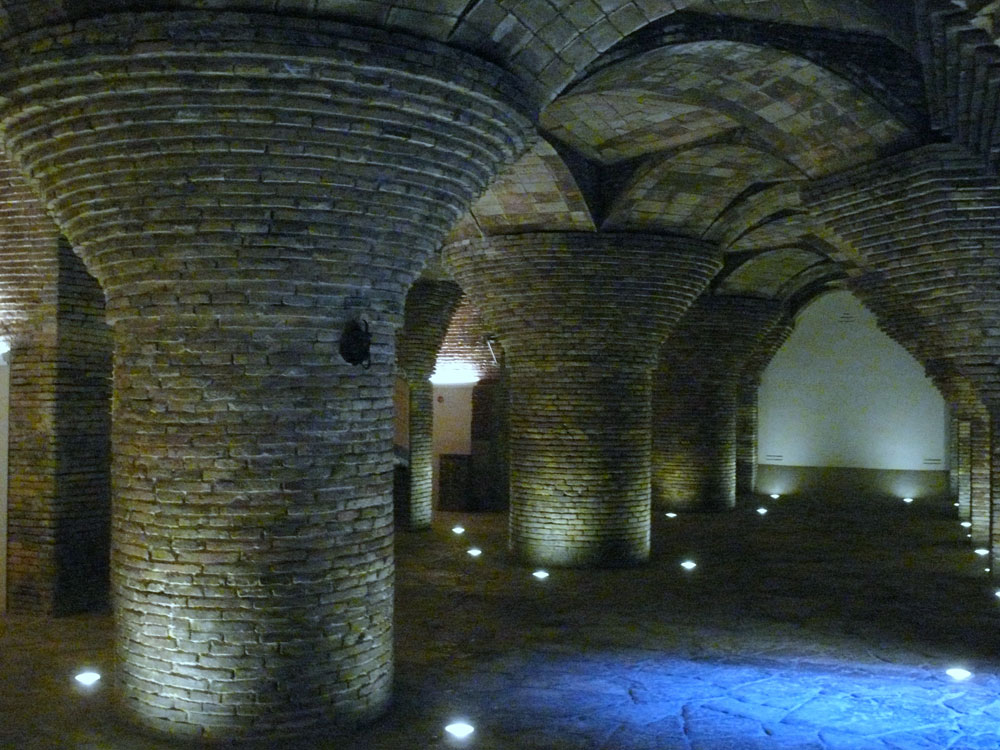
5) Park Güell. Eusebi Güell wanted to build an oasis of tranquility within industrial city where it would be possible to return to nature and escape from urbanization. It is amazing how Gaudi was able to integrate architecture with nature and to create an absolute harmony between those two. Between 1907 and 1910 Gaudí constructed the famous “endless bench” 110 feet long undulating like a snake.
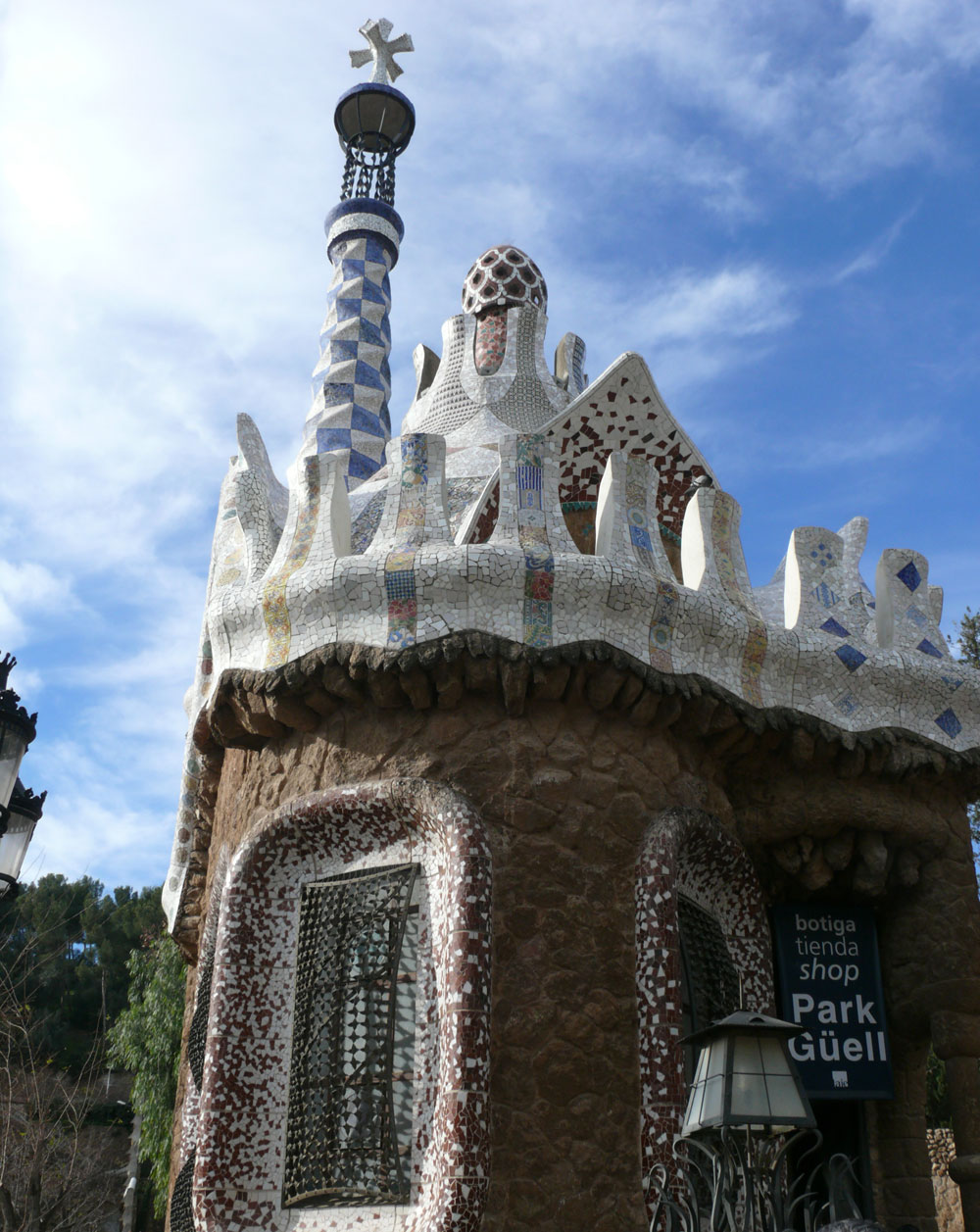
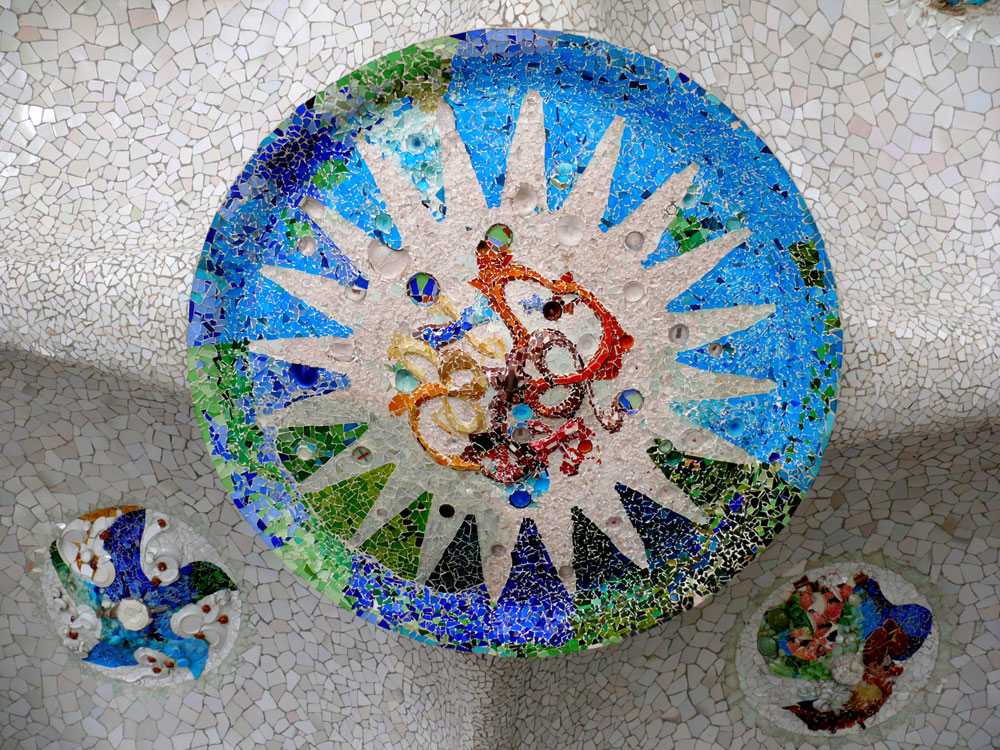

The Chairman of the Faculty of Architecture said that only time will show if Gaudí was a genius or a madman (“un genio o un loco”). And time has put everything on its place. Today we call Gaudí “Leonardo Da Vinci of the XX century”.
Want to learn more about various interior styles? Check my “HISTORY OF STYLES” book:
[ebook_store ebook_id=”15760″]

